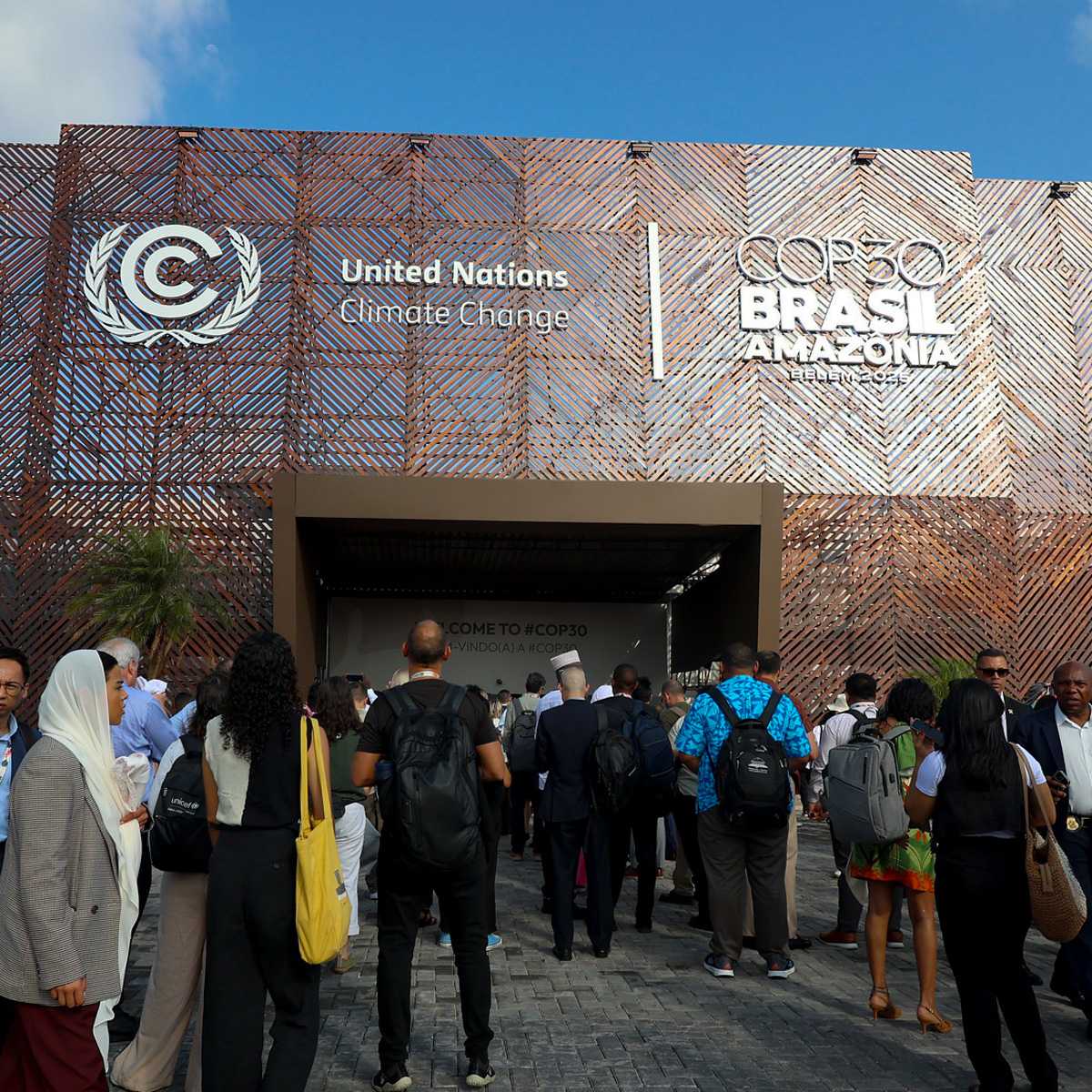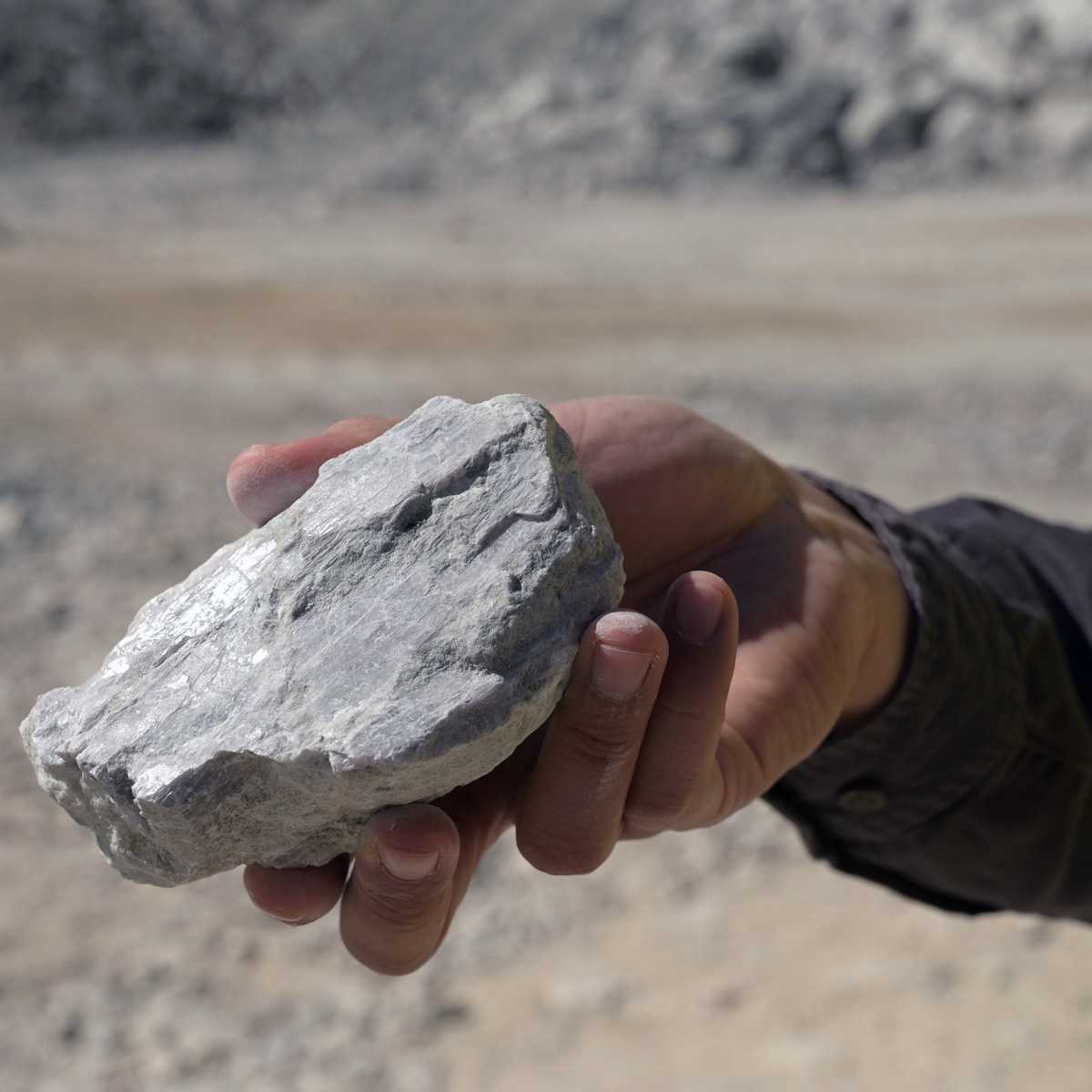

George Washington Carver is attributed with saying, “in nature, there is no concept of waste.” Every output from one natural process becomes an input for another. It’s based on the idea that nature’s ecosystems are efficient and operate in cycles, where the by-products of one system are used as feedstock for another.
Recently, artificial intelligence (AI) and its relation to energy consumption is a topic that is increasingly gaining attention. Training AI models requires a significant amount of computational power, which in turn requires energy. Every click, every query and every algorithm executed—these seemingly innocuous actions ripple through the digital ecosystem. The data we consume triggers a domino effect: more communications, more storage, more hardware and more demand on our energy grid.
In this blog post, we will consider the sustainability challenges AI presents to business operations and in contrast the transformative potential it has to optimize systems, reduce energy consumption and recognize digital waste not as a byproduct to be disposed of, but as a commodity that can be used in another process to help build the grid of the future that will accommodate demand. This is the essence of a nature systems approach to digital transformation.
The Energy of Innovation
While easy to overlook, our daily online activities—whether browsing the web or sending a text—add to our individual carbon footprints. The energy required for one Internet search is equivalent to 0.2 grams of physical carbon emitted; this number compounded by the 5.35 billion Internet users worldwide quickly adds up as the data we consume and produce increases over the course of our lifetime. The average smartphone user generates roughly 2.5 quintillion bytes of data every day, a figure that will accelerate rapidly as the use of revolutionary technologies like AI and blockchain become more ubiquitous in our daily digital routine.
When extrapolating data usage, the complex digital ecosystems of enterprise are carving out a significant emissions profile—AI algorithms churning through data, quantum computers solving complex problems and blockchain-related activities all create surges in data center capacity demand. In addition to storage, these technologies also consume a significant amount of resources with power demand from data centers projected to grow by a 160% increase in the next decade, according to Goldman Sachs.
The cost of innovation is more than just financial, it’s carbon intensive. Yet, AI has the unique potential to revolutionize this with its ability to process vast amounts of information to help optimize energy use and manage resources more efficiently.
Waste as a Commodity
The industrial revolution brought about significant advancements but has also led to an apocalyptic increase in waste generation, both physical and digital.
Traditionally, waste has been seen as a liability—a necessary evil to be managed. But what if we used AI to flip the script? Google announced recently that its data center in Hamina, Finland, will use the waste heat from its data servers to provide carbon-free energy to roughly 80% of the surrounding community. This is a prime example of corporate efforts to address the environmental impact of its technology head on.
Similarly, companies like Brightmark—an APCO client—are at the forefront of this paradigm shift in physical goods. They are pioneering ways to transform plastic waste into a commodity, finding value in what was once deemed valueless using a working solution to tackle our global plastic waste crisis. These digital and physical waste management practices not only reduce environmental impact but also set a standard for the industry.
AI: The Problem and the Solution
Keep in mind that AI’s impact depends on how it is harnessed so as we embrace AI strategically, we can contribute to a more resilient and sustainable energy future. Responsible business leaders understand the collective impact of their decisions on the environment and take steps to mitigate this impact, implementing innovative sustainable solutions like nature-based design, green coding practices, reevaluating your energy mix and prioritizing green procurement throughout value chains.
Forward thinking companies like Microsoft made a $10B investment in a new clean energy framework to fuel its AI ambitions, the single largest corporate power purchase agreement ever signed. As AI evolves business, let’s ensure our legacy isn’t one of waste but of responsible stewardship and reciprocity.
The cost of doing business isn’t just financial—it’s planetary. Let’s lead with purpose, sustainability and a keen eye on the energy grid.


